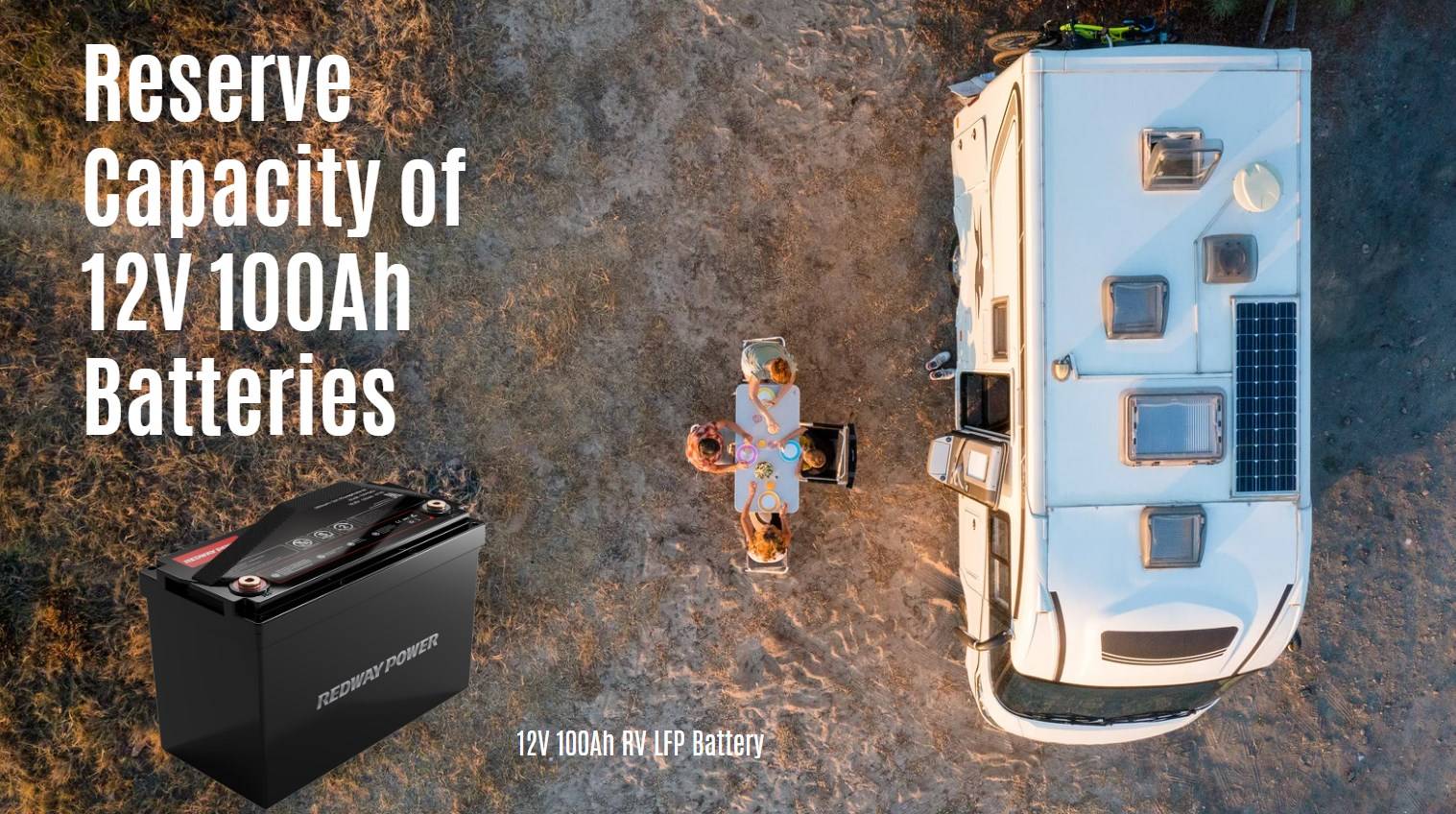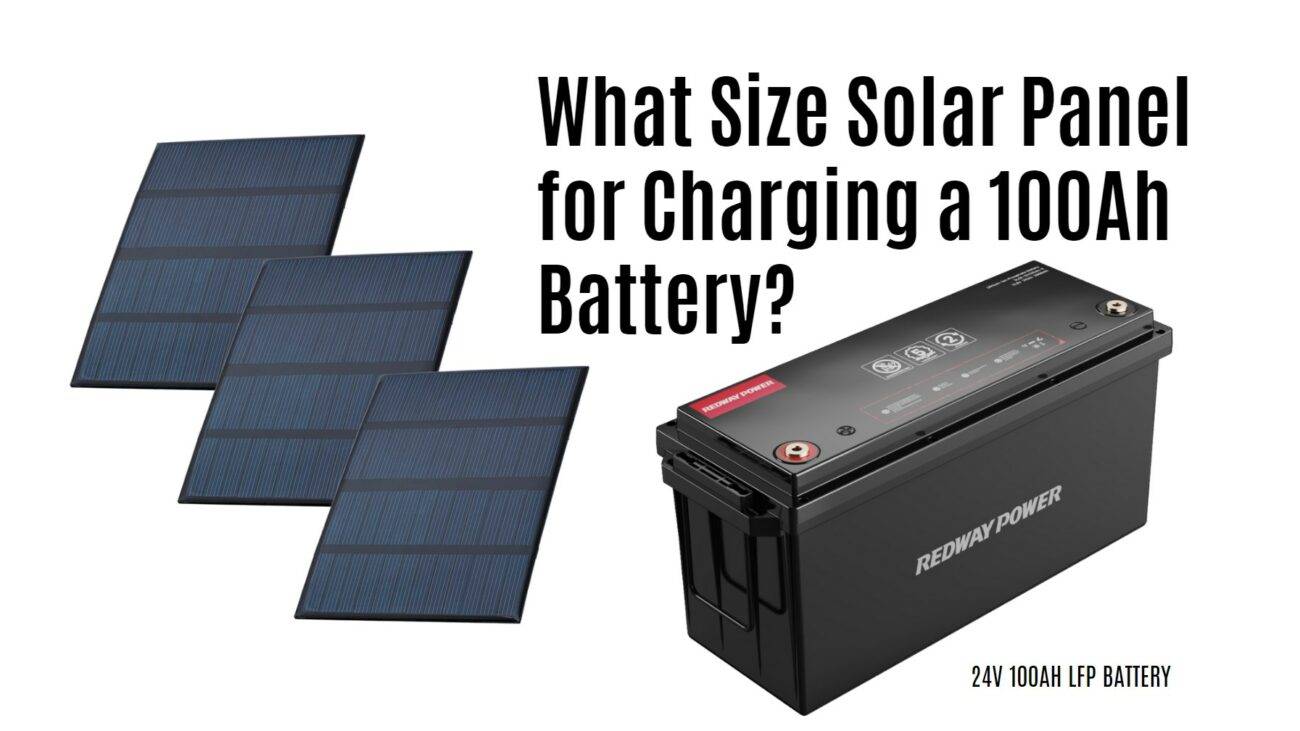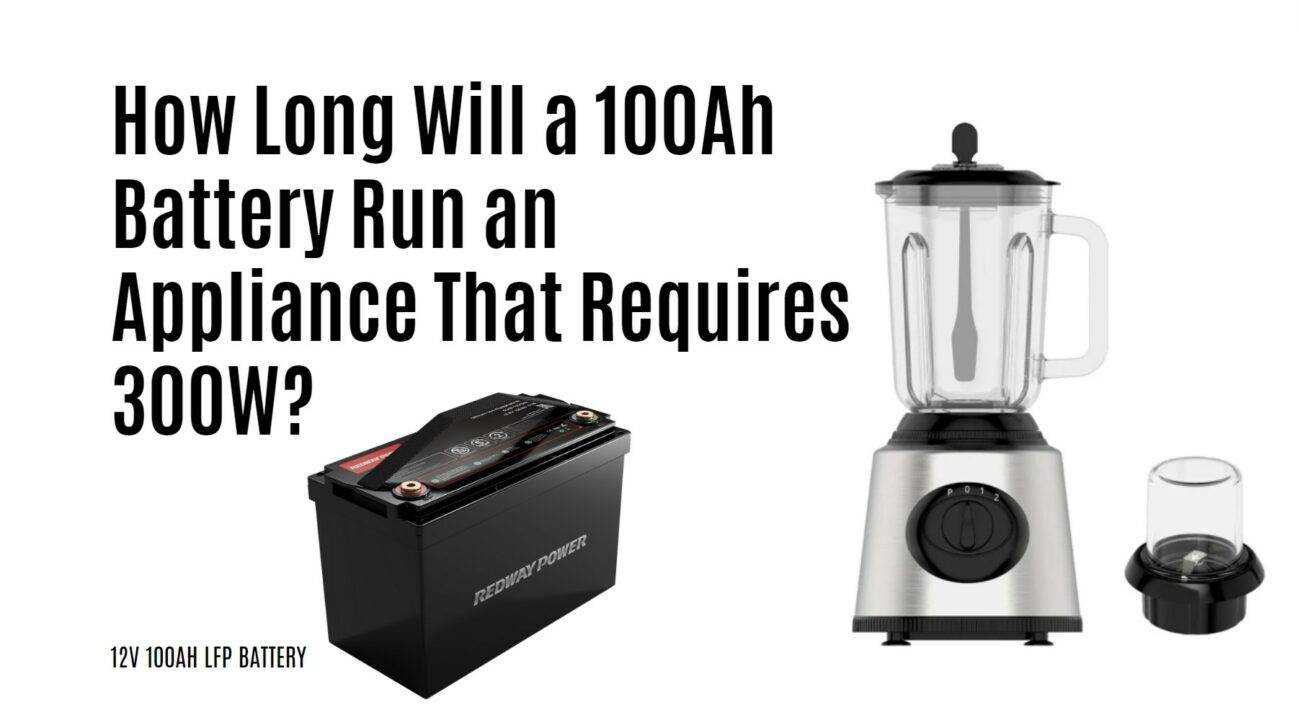- Forklift Lithium Battery
-
48V
- 48V 210Ah
- 48V 300Ah
- 48V 420Ah (949 x 349 x 569 mm)
- 48V 420Ah (950 x 421 x 450 mm)
- 48V 456Ah
- 48V 460Ah (830 x 630 x 590 mm)
- 48V 460Ah (950 x 421 x 450 mm)
- 48V 460Ah (800 x 630 x 600 mm)
- 48V 460Ah (820 x 660 x 470 mm)
- 48V 500Ah
- 48V 560Ah (810 x 630 x 600 mm)
- 48V 560Ah (950 x 592 x 450 mm)
- 48V 600Ah
- 48V 630Ah
-
48V
- Lithium Golf Cart Battery
- 12V Lithium Battery
12V 150Ah Lithium RV Battery
Bluetooth App | BCI Group 31
LiFePO4 Lithium
Discharge Temperature -20°C ~ 65°C
Fast Charger 14.6V 50A
Solar MPPT Charging - 24V Lithium Battery
- 36V Lithium Battery
- 48V Lithium Battery
-
48V LiFePO4 Battery
- 48V 50Ah
- 48V 50Ah (for Golf Carts)
- 48V 60Ah (8D)
- 48V 100Ah (8D)
- 48V 100Ah
- 48V 100Ah (Discharge 100A for Golf Carts)
- 48V 100Ah (Discharge 150A for Golf Carts)
- 48V 100Ah (Discharge 200A for Golf Carts)
- 48V 150Ah (for Golf Carts)
- 48V 160Ah (Discharge 100A for Golf Carts)
- 48V 160Ah (Discharge 160A for Golf Carts)
-
48V LiFePO4 Battery
- 60V Lithium Battery
-
60V LiFePO4 Battery
- 60V 20Ah
- 60V 30Ah
- 60V 50Ah
- 60V 50Ah (Small Size / Side Terminal)
- 60V 100Ah (for Electric Motocycle, Electric Scooter, LSV, AGV)
- 60V 100Ah (for Forklift, AGV, Electric Scooter, Sweeper)
- 60V 150Ah (E-Motocycle / E-Scooter / E-Tricycle / Tour LSV)
- 60V 200Ah (for Forklift, AGV, Electric Scooter, Sweeper)
-
60V LiFePO4 Battery
- 72V~96V Lithium Battery
- Rack-mounted Lithium Battery
- E-Bike Battery
- All-in-One Home-ESS
- Wall-mount Battery ESS
-
Home-ESS Lithium Battery PowerWall
- 24V 100Ah 2.4kWh PW24100-S PowerWall
- 48V 50Ah 2.4kWh PW4850-S PowerWall
- 48V 50Ah 2.56kWh PW5150-S PowerWall
- 48V 100Ah 5.12kWh PW51100-F PowerWall (IP65)
- 48V 100Ah 5.12kWh PW51100-S PowerWall
- 48V 100Ah 5.12kWh PW51100-H PowerWall
- 48V 200Ah 10kWh PW51200-H PowerWall
- 48V 300Ah 15kWh PW51300-H PowerWall
PowerWall 51.2V 100Ah LiFePO4 Lithium Battery
Highly popular in Asia and Eastern Europe.
CE Certification | Home-ESS -
Home-ESS Lithium Battery PowerWall
- Portable Power Stations
How to Understand the Reserve Capacity of 12V 100Ah Batteries

Reserve capacity (RC) is a crucial aspect of battery performance, indicating how long a battery can sustain a specific load before being discharged. For a 12V 100Ah battery, understanding its reserve capacity helps users determine how long it can power devices in various applications. This knowledge is essential for effective energy management.
What is Reserve Capacity in Batteries?
Reserve capacity refers to the duration a battery can deliver a specified current (usually measured in amps) before its voltage drops to a level that is considered unusable. It is typically expressed in minutes and indicates the battery’s ability to sustain a load during unexpected situations, such as when the primary power source fails.
Chart: Understanding Reserve Capacity
| Measurement | Description |
|---|---|
| Reserve Capacity (RC) | Duration in minutes at a specific load |
| Load | Typically measured at 25 amps |
| Voltage Cutoff | Usually defined as 10.5 volts for lead-acid |
How is Reserve Capacity Measured?
Reserve capacity is measured by discharging the battery at a constant current until it reaches a specific voltage cutoff. The test typically follows these steps:
- A fully charged battery is connected to a load (often set at 25 amps).
- The time taken for the battery voltage to drop to 10.5 volts (for lead-acid batteries) is recorded.
- The result, expressed in minutes, represents the reserve capacity.
Chart: Example of Reserve Capacity Testing
| Test Parameters | Value |
|---|---|
| Battery Type | 12V 100Ah Lead-Acid |
| Load Current | 25 amps |
| Voltage Cutoff | 10.5 volts |
| Measured Time | 180 minutes (example) |
Why is Reserve Capacity Important for Battery Performance?
Reserve capacity is vital for several reasons:
- Emergency Power Supply: It indicates how long a battery can supply power during outages or emergencies.
- System Reliability: A higher reserve capacity ensures that critical systems remain operational longer.
- Battery Health Indicator: It can serve as an indicator of battery health; lower RC values may suggest aging or deterioration.
What Factors Affect the Reserve Capacity of a 12V 100Ah Battery?
Several factors influence the reserve capacity:
- Battery Age: Older batteries typically exhibit reduced performance and lower reserve capacity.
- Temperature: Extreme temperatures can affect chemical reactions within the battery, impacting its ability to deliver power.
- Discharge Rate: Higher discharge rates can lead to quicker voltage drops, reducing overall reserve capacity.
Chart: Factors Influencing Reserve Capacity
| Factor | Impact on Reserve Capacity |
|---|---|
| Age | Decreased performance over time |
| Temperature | Extreme heat or cold affects efficiency |
| Discharge Rate | Higher rates reduce overall runtime |
How Does Reserve Capacity Differ Between Battery Types?
Different types of batteries exhibit varying reserve capacities:
- Lead-Acid Batteries: Typically have lower reserve capacities compared to lithium batteries but are more affordable.
- Lithium Batteries: Generally offer higher reserve capacities and longer lifespans, making them suitable for applications requiring extended power delivery.
Chart: Comparison of Battery Types by Reserve Capacity
| Battery Type | Average Reserve Capacity (Minutes) |
|---|---|
| Lead-Acid | 120 – 180 |
| Lithium | 180 – 300 |
What Are the Typical Applications for 12V 100Ah Batteries?
A 12V 100Ah battery with good reserve capacity is commonly used in:
- Recreational Vehicles (RVs): Powering appliances and electronics during trips.
- Marine Applications: Supplying energy for navigation and communication equipment.
- Solar Energy Systems: Storing energy for off-grid applications.
Industrial News
The battery industry continues to evolve with advancements in technology that enhance performance and efficiency. Recent trends indicate an increasing demand for batteries with higher reserve capacities, particularly in renewable energy systems and electric vehicles. Manufacturers are focusing on improving battery chemistry and design to meet these growing needs, ensuring longer-lasting and more reliable power solutions.
Redway Power Views
“Understanding reserve capacity is crucial for anyone relying on batteries for critical applications,” states Mark Johnson from Redway Power. “It not only helps in selecting the right battery but also ensures that users have reliable power when they need it most.”
FAQ
Q: How do I determine the reserve capacity of my battery?
A: Conduct a discharge test at a constant load until the voltage drops to the specified cutoff level, usually around 10.5 volts.Q: Can I increase my battery’s reserve capacity?
A: While you cannot change an existing battery’s specifications, using batteries with higher capacities or optimizing your system’s load can improve overall performance.Q: Is reserve capacity important for all types of batteries?
A: Yes, while it may be more critical for certain applications like RVs or emergency systems, understanding RC helps gauge any battery’s reliability.


























